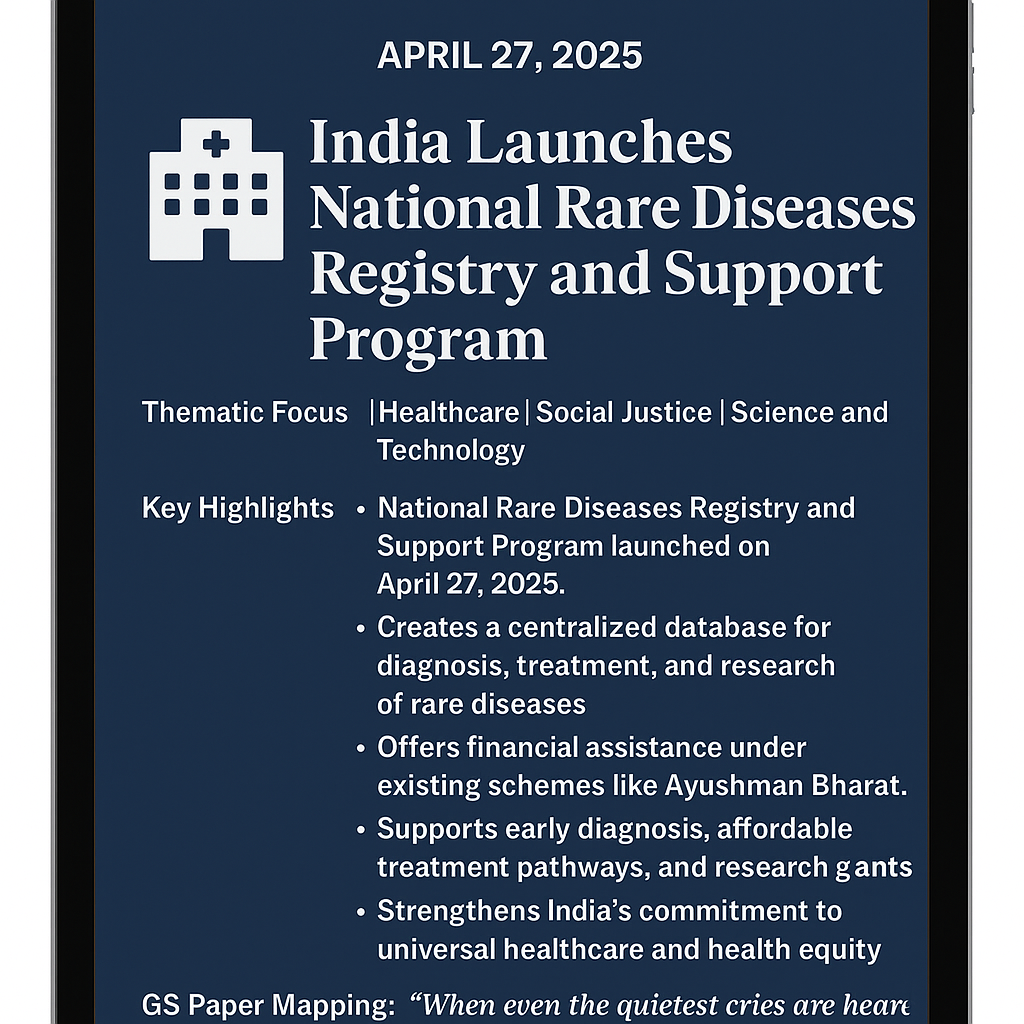
🧭May 22, 2025, Post 1: INFLATION’S MANY FACES: THE DANCE OF PRICES AND POLICY | High Quality Mains Essay | Prelims MCQs
INFLATION’S MANY FACES: THE DANCE OF PRICES AND POLICY

🌸 NATIONAL
📅 Post Date: May 22, 2025
🧭 Thematic Focus: Economy | RBI | Inflation Trends
💬 Opening Whisper:
In the shadows of numbers, a silent storm swells — not in markets alone, but in kitchens, streets, and savings.
🔍 Key Highlights
- The Consumer Price Index (CPI) averaged 5.2% between Feb 2023 – Jan 2025.
- Consumer Food Price Index (CFPI) was 7.6% on average, highlighting food inflation.
- Core Inflation, excluding food and fuel, stayed lower at 4.1%, offering a stable signal.
- El Niño, global conflicts, and import prices shaped inflation volatility.
- RBI held repo rate at 6.5% through most of 2023–2024; cut to 6% in early 2025.
- Early 2025 shows a drop in food inflation (CFPI to 1.8%), while core inflation rises (4.2%).
- A stabilising rupee (₹85.5/USD) helped contain imported inflation risks.
- Cheaper imports from China and good monsoons expected to support price stability.
🧠 Concept Explainer: CPI, CFPI & Core Inflation
Inflation metrics serve distinct analytical roles:
- CPI (Consumer Price Index): Reflects retail inflation across goods and services.
- CFPI (Consumer Food Price Index): Tracks only food items—volatile, but highly impactful.
- Core Inflation: Strips out food and fuel — often used to gauge structural inflation.
Why it matters:
While food prices fluctuate with the weather, core inflation helps the RBI determine long-term monetary policy, as it reflects demand-driven price movements.
🏦 RBI’s Balancing Act
- Monetary policy cannot control droughts or wars.
- Yet, interest rates influence borrowing, spending, and savings — tools to control inflation expectations.
- In 2023–24, RBI chose caution, watching food prices and holding rates despite easing core inflation.
- Early 2025 repo cut to 6% signals renewed focus on growth — aided by falling food inflation.
📊 GS Paper Mapping
📘 GS Paper 3 – Indian Economy:
- Issues related to inflation and monetary policy
- RBI and interest rate management
- External sector and exchange rate dynamics
- Government policies to control food prices
🪔 A Thought Spark — by IAS Monk
“Inflation is not a monster to be slain, but a whisper in the market’s ear. Those who listen closely — to the price of bread, the silence of the farmer, and the rhythm of rain — find the truth of an economy not in numbers, but in needs.”
High Quality Mains Essay For Practice :
Word Limit 1000-1200
Balancing the Heat: Decoding Inflation Trends and Monetary Policy in India
Introduction
Inflation — the silent undertow of an economy — affects everything from household budgets to policy decisions. In India, inflation has long been a subject of both concern and resilience, navigating through global tremors, domestic agricultural swings, and policy recalibrations. Between 2023 and 2025, the story of inflation in India became one of fluctuating trends, visible contradictions, and delicate policymaking, especially by the Reserve Bank of India (RBI).
This essay explores the structure of inflation in India, its recent trends, influencing factors, and the RBI’s strategic response. It also examines the broader economic implications and outlines the evolving narrative of price stability and monetary management in a complex global environment.
Understanding Inflation: Metrics and Meaning
Inflation is commonly defined as the general rise in prices of goods and services over time. However, understanding inflation requires dissecting the indices that measure it. The most widely used measure in India is the Consumer Price Index (CPI), which captures the price change in a basket of goods and services typically consumed by households. A more targeted measure is the Consumer Food Price Index (CFPI), which isolates the price change in food items. For a deeper, structural understanding, economists also refer to core inflation, which excludes volatile components such as food and fuel.
Each of these indicators serves a purpose. While headline inflation (CPI) reflects what the average consumer experiences, core inflation signals underlying demand-side pressures in the economy. For central banks like the RBI, this distinction is vital in crafting long-term monetary strategies.
Inflation Patterns: 2023 to Early 2025
Between February 2023 and January 2025, India’s inflation landscape saw mixed signals:
- CPI averaged 5.2%, slightly above the RBI’s ideal midpoint of 4% (within a tolerance band of 2%-6%).
- CFPI averaged a high 7.6%, driven by volatile food prices due to climatic and supply-side disruptions.
- In contrast, core inflation remained relatively subdued at 4.1%, indicating stable underlying economic demand.
This divergence created challenges. While consumers felt the pinch of rising food prices, the broader economy did not signal overheating. Policymakers were caught in a delicate balance — unable to ignore high food inflation but also wary of stifling growth through excessive tightening.
Factors Driving Inflation
Several internal and external forces shaped India’s inflation patterns:
- Climate Variability: Events such as El Niño disrupted monsoons, impacting agricultural output. Since food items constitute a large portion of the CPI basket, erratic weather translated directly into elevated CFPI.
- Global Commodity Prices: The Russia-Ukraine conflict and other geopolitical disturbances led to volatility in oil, wheat, and fertilizer prices, which in turn contributed to cost-push inflation in India.
- Supply Chain Bottlenecks: Although recovering from the pandemic-induced disruptions, logistics and input costs remained elevated in certain sectors, especially food processing and energy.
- Currency Fluctuations: The Indian rupee saw a period of depreciation, touching around ₹85.5 per USD before stabilizing. A weaker rupee increases the cost of imports, especially petroleum, leading to imported inflation.
- Global Trade Realignments: Shifting supply chains, trade tensions, and China’s reopening led to intermittent changes in import-export dynamics, affecting domestic price levels.
The RBI’s Policy Response
The Reserve Bank of India plays a central role in managing inflation through its monetary policy instruments, especially the repo rate — the rate at which it lends to commercial banks.
- From February 2023 to January 2025, the RBI maintained the repo rate at 6.5%, after raising it gradually in 2022 to combat post-COVID inflationary spikes.
- Despite falling core inflation, it resisted pressure to reduce the rate, concerned about high CFPI and external uncertainties.
- However, in early 2025, with food inflation easing and global conditions stabilizing, the RBI cut the repo rate to 6%, signaling a pivot toward growth-supportive policy.
This cautious stance reflects the RBI’s inflation-targeting mandate while acknowledging the trade-offs between controlling inflation and encouraging investment and consumption.
The Role of Currency Stability
Exchange rate management, though not the RBI’s primary objective, plays a significant indirect role in inflation control. A stable rupee helps moderate the cost of imports, especially petroleum products, edible oil, and electronics.
- After a period of depreciation in 2023, the rupee stabilized at around ₹85.5/USD by 2024–25.
- This stability, along with increased trade with cost-efficient sources like China, helped reduce pressure on domestic prices.
- It also allowed the RBI to breathe easier on the inflation front, as imported inflation risks receded.
The Road Ahead: Forecasts and Implications
As of early 2025, India’s inflation trajectory is showing signs of normalization:
- Food inflation has fallen sharply, with CFPI at 1.8%, thanks to better agricultural output and easing global prices.
- Core inflation, however, has edged up slightly to 4.2%, hinting at returning consumer demand.
This sets the stage for a recalibration of policy priorities. The RBI may continue with gradual rate cuts, focusing more on sustaining growth while keeping inflation within manageable bounds. However, it must remain vigilant, as several risks persist:
- Climate-related disruptions could resurface.
- Geopolitical tensions may flare up again, affecting global supply chains.
- Volatility in oil prices remains a wildcard.
Broader Implications for the Indian Economy
India’s inflation story is more than just numbers. It has deep socioeconomic and developmental implications:
- Household Budgets: High food inflation disproportionately affects poor and lower-middle-income households, often forcing cuts in nutrition and education spending.
- Corporate Margins: Persistent inflation in input costs squeezes profits and discourages fresh investments.
- Policy Trade-offs: Governments face a dilemma between expanding welfare schemes and maintaining fiscal discipline.
Moreover, inflation influences investor sentiment, bond yields, and even political narratives, especially in an election year. Managing inflation, therefore, becomes an exercise not just in economics but in governance and social responsibility.
Conclusion
Inflation in India, like in most developing economies, is shaped by a delicate interplay of global factors, domestic realities, and policy responses. Between 2023 and 2025, this interplay was marked by food price volatility, global shocks, and cautious central banking.
As India moves ahead, the emphasis must be on data-driven, flexible policymaking, robust agricultural infrastructure, and supply-chain resilience. Inflation may never be completely tamed, but with the right tools and foresight, it can be managed in a way that supports growth, safeguards households, and maintains macroeconomic stability.
Ultimately, inflation is not just about rising prices — it’s about how a nation ensures dignity, equity, and opportunity for its people amidst the invisible tide of economic change.
Target IAS-26: Daily MCQs :
📌 Prelims Practice MCQs
Topic:
MCQ 1 – Type 1: How many of the above statements are correct?
Consider the following statements regarding inflation metrics in India:
1. Core inflation includes prices of food and fuel.
2. The Consumer Food Price Index (CFPI) is a subset of the Consumer Price Index (CPI).
3. Headline inflation refers to CPI inflation.
4. Core inflation is often used by the RBI to guide monetary policy.
Which of the above statements are correct?
A) Only two
B) Only three
C) All four
D) Only one
🌀 Didn’t get it? Click here (▸) for the Correct Answer & Explanation
✅ Correct Answer: B) Only three
🧠 Explanation:
B) Only three
•1) ❌ False – Core inflation excludes food and fuel.
•2) ✅ True – CFPI is a component within the broader CPI basket.
•3) ✅ True – Headline inflation refers to overall CPI.
•4) ✅ True – RBI closely watches core inflation to decide on interest rates.
Type 2: Two-Statement Check
Consider the following two statements:
1. RBI maintained the repo rate at 6.5% continuously between February 2023 and January 2025.
2. The CFPI inflation averaged 4.1% during this period.
Which of the statements given above is/are correct?
A) Only 1 is correct
B) Only 2 is correct
C) Both are correct
D) Neither is correct
🌀 Didn’t get it? Click here (▸) for the Correct Answer & Explanation
✅ Correct Answer: A) Only 1 is correct
🧠 Explanation:
A) Only 1 is correct
•1) ✅ True – RBI held the repo rate steady at 6.5% during this time.
•2) ❌ False – CFPI inflation was much higher, averaging 7.6%, not 4.1%.
MCQ 3 – Type 3: Which of the above statements is/are correct?
Consider the following statements about RBI’s inflation management tools:
1. Repo rate adjustments can directly influence food supply.
2. Core inflation is less affected by temporary supply shocks.
3. Stable currency helps reduce imported inflation.
Select the correct answer using the code below:
A) 2 and 3 only
B) 1 and 2 only
C) 1 and 3 only
D) All of the above
🌀 Didn’t get it? Click here (▸) for the Correct Answer & Explanation
✅ Correct Answer: A) 2 and 3 only
🧠 Explanation:
A) 2 and 3 only
•1) ❌ False – Repo rate changes influence demand, not supply directly.
•2) ✅ True – Core inflation avoids volatile items, revealing long-term trends.
•3) ✅ True – A stable rupee keeps import costs predictable and manageable.
MCQ 4 – Type 4: Direct Factual
What was the RBI’s repo rate in early 2025 after its policy adjustment?
A) 6.5%
B) 5.5%
C) 6.0%
D) 5.75%
🌀 Didn’t get it? Click here (▸) for the Correct Answer & Explanation.
✅ Correct Answer: C) 6.0%
🧠 Explanation:
Correct Answer: C) 6.0%
•The RBI reduced the repo rate from 6.5% to 6.0% in early 2025 to support economic growth amidst easing food inflation.


















